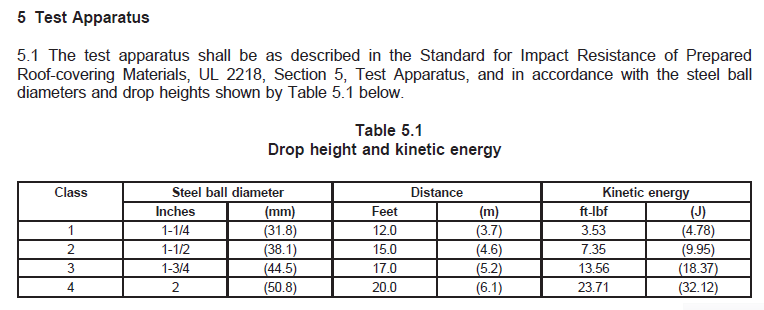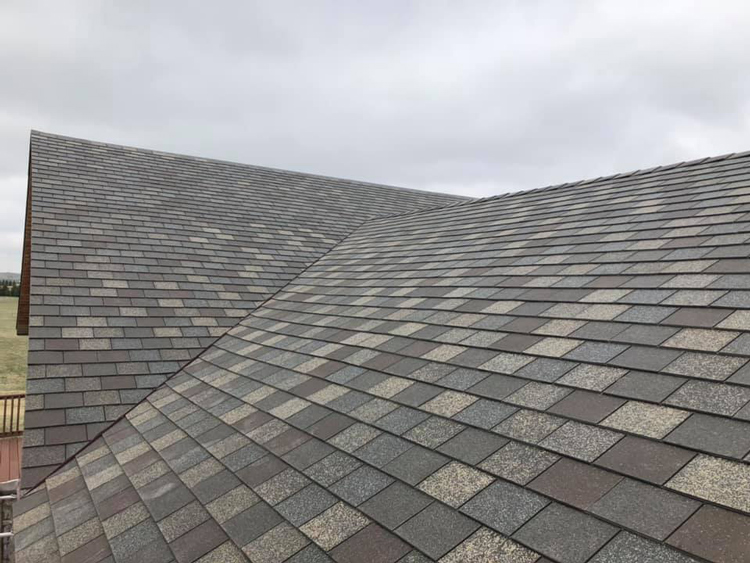If you re one of the millions of american homeowners who live in an area where intense storms frequently occur then your choice of roofing shingles plays a critical role in protecting your roof from storm damage.
Hail resistant roof classification.
In 1996 the institute of business and home safety ibhs and the underwriters laboratory ul developed the ul 2218 classification a national standard for roof impact resistance by rating materials class 1 through class 4 based on their resistance to the steel ball drop simulation test.
Storms that bring hail airborne debris and high winds put your roof at risk for damage and installing impact resistant shingles may.
Class 4 impact resistant roofing shingles.
Manufacturers report their hail ratings voluntarily thus you may not find hail ratings for shingles that don t perform well.
But impact resistant roofs do a much better job protecting your home than a class 1 or 2 roofs featured on most homes.
A class 4 impact resistant shingle will provide these benefits and more including insurance discounts in some areas.
The roofing materials that show the greatest resistance earn a class 4 rating.
The most effective way to minimize hail damage is to choose durable hail resistant roofing materials.
Fm global guidelines fm global traditionally has recommended its insured building owners use moderate hail mh and severe hail sh classified roof systems for buildings located in areas fm global considers to be susceptible to.
It s important to remember that no roof is 100 immune to the damaging effects of an intense storm or some other catastrophic event.
Class 1 class 2 class 3 class 4.
Roof system designers should be aware whether fm global s hail resistance guidelines apply to their specific projects and if so they should clearly specify hail resistant roof systems and rooftop components.
Stance of prepared roof covering materials with an impact resistance classification of.
Here are the top hail resistant roofing options available for modern homes.
Those with the least resistance earn a class 1 rating.
Hail resistant is not hail proof.
After performing the test roofing manufacturers would be scored based on the resistance of the material getting a rating from 1 least hail resistant to 4 most hail resistant.
You need a roofing shingle that has been lab tested by the roofing manufacturer and is proven to withstand hail and provide reliability in your building envelope.
No roof is hail proof.
Note however a few caveats.
I have installed in accordance with the manufacturer s specifications on the above described residence a roof covering listed as complying with underwriters laboratory standard 2218 impact standard for impact resi.
Summarizing the result we would be looking at for a class 3 roof is earned if the sample does not crack when hit twice in the same spot by a 1 75 inch diameter steel ball.
If you live in a heavy weather region of the country where your roof takes an awful lot of impact abuse then you may want to consider installing one.
A class 4 rating is the toughest.





























